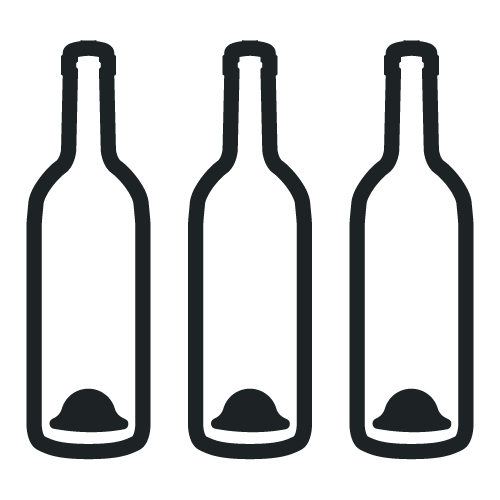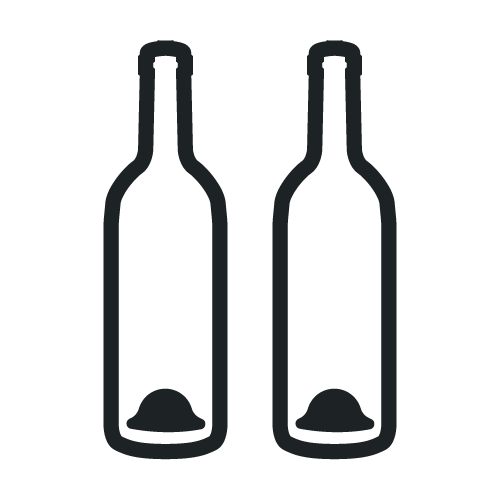Vintages
Explore the vintage chart for Asti Country from 2016–2024.
Asti’s patchwork of limestone‑marl ridges between the Tanaro and Bormida rivers may look idyllic, yet its Moscato Bianco vines ride a climatic roller‑coaster. April frosts like those of 2021 can slash yields, while searing, drought‑driven summers in 2022 and 2023 pushed daytime highs beyond 40 °C and left rainfall 30 – 50 % below normal, shrinking berries and acidity. When the weather swings the other way (2024 saw persistent spring rains that fuelled rot in low‑lying sites), growers scramble to spray between showers and keep canopies airy.
When conditions co‑operate, as in the balanced, textbook seasons of 2016 and 2020, the generous yet fresh 2018 harvest, or the frost‑thinned but superbly focused crop of 2021, Asti delivers dazzlingly perfumed Moscato d’Asti and finely beaded Asti Spumante, alive with peach, orange‑blossom, and sage. Even in tougher drought or mildew years, careful leaf‑thinning and low‑temperature tank fermentations help top estates bottle vibrant, brunch‑friendly sweetness that proves this UNESCO‑listed corner of Piedmont can turn climate chaos into cellar‑worthy sparkle.
Recent Vintages To Explore



























Vintage Chart Legend
 Highly Consistent
Highly Consistent Average Consistency
Average Consistency Variable Consistency
Variable Consistency Large Production
Large Production Medium Production
Medium Production Small Production
Small Production Hot Temp/Low Rain
Hot Temp/Low Rain Average Weather
Average Weather Cool Temp/High Rain
Cool Temp/High RainHow Wine Folly Rates a Vintage
We gather the facts about a vintage and how those features affect the wines. This way, you can better find the vintages that fit your needs (whether you're a collector or looking to drink now).
Quality
Generally speaking, the more consistent the vintage, the better the quality.
The crop consistency determines the quality of a vintage. In some years, we see average to high consistency.
On other vintages, quality is much more variable. In these variable years, it's best to look for producers who consistently produce high-quality wines because they can roll with difficulties growing grapes.
Weather
Ideally, producers want consistent temperatures year in and out for consistent quality. Of course, this is not very likely to happen as weather changes frequently. During harvest, rain, hail, and heat waves are key events that can create a difficult vintage.
Seasonal events include frost, hail, drought, and even wildfires. These events affect the quality or size of a vintage.
In warmer climates, getting enough rainfall during the growing season is key for healthy grapes and ripening.
In cooler or more moderate climates, getting enough but not too much rain and getting the right amount of sunshine and heat are important for producing ripe grapes.
Volume
Contrary to popular belief, low volumes do not always equal high quality. Producers can have very high-quality years where volumes are also high.
The opposite is also true, where we might have low yields but the quality may also be low due to disease in the vineyard or poor weather conditions.
So why do we care about volume? If there's more, it can lower prices, and the prices might be higher if there is less.